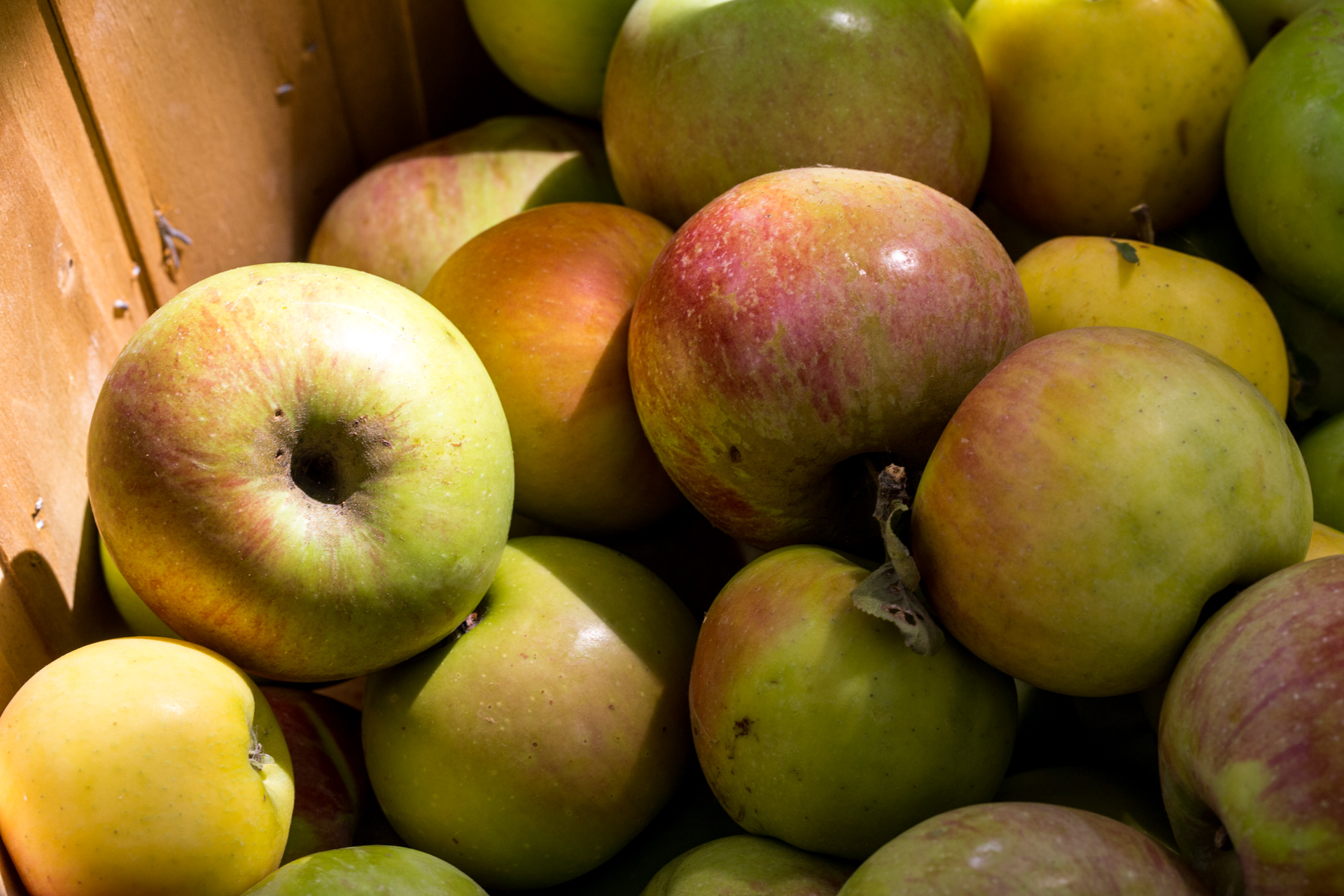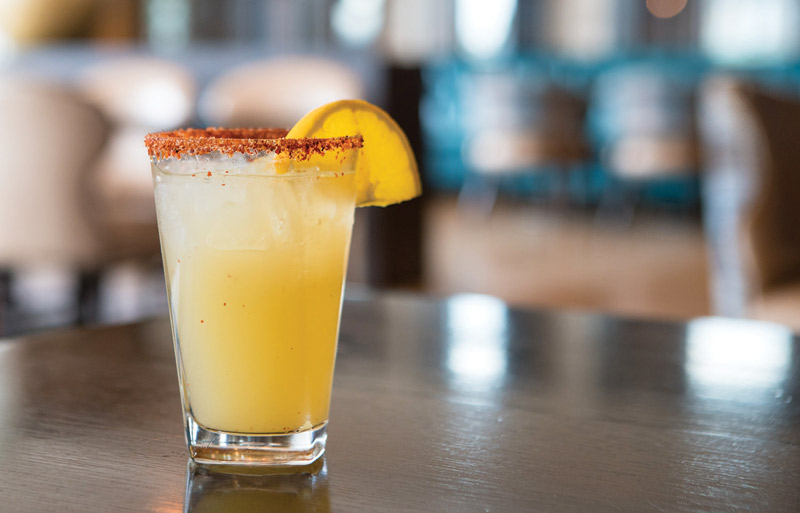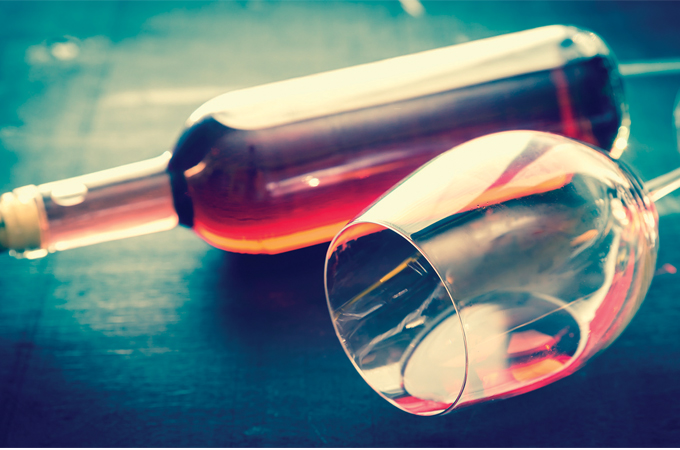Last month the family went apple picking at one of the local orchards. We had a blast riding the tractor around the orchard and chasing each other through the gnarled fruit trees, trying to decide which apples to pick. Two hours later yielded heaps of apples, around 80 pounds of various varieties. Now the question is, what to do with all these apples? Make cider, of course!
a proud heritage
The Greeks and Romans had mastered the art of fermenting the fruit long before the Roman arrival in England in 55 BCE. When the Romans got to Britain, they found the local population already involved in the fermentation of apples. Having a long tradition of cider making, the UK also boasts the highest per capita consumption of the beverage.
Styles vary worldwide, ranging from bone dry to candy sweet. Cider typically ranges from 1.5 to 12 percent ABV. Sparkling and still ciders are made across all markets and vary from clear commercial ciders to unfiltered, darker varieties.
let us brew
you’ll need:
» 1 gallon fresh-pressed raw apple cider (juice) or store bought without preservatives, pasteurized or not. Unpasteurized is a little more risky as far as outcome with wild yeasts and other pathogens. You can pasteurize the juice yourself by heating to 165 to 185 degrees for 45 minutes in a sterilized pot. Do not boil. Maintaining the heat on the lower side will preserve the subtle aromas and flavors.
» 2 one-gallon glass jugs. The apple juice you use may come in a one-gallon glass jug, which can be reused here.
» A rubber stopper with #6 hole (to fit in the mouth of the jugs), 1 bubbler air lock, brewing yeast (I use champagne yeast, saccharomyces bayanus), 1 funnel, flip-top bottles for secondary fermentation (if you want a sparkling cider), and brewing tubing.
» Optional: 2 pounds brown sugar or honey and spices.
Sanitize all bottles and equipment at every step!
method:
» If you want stronger cider or to flavor the cider with spices, pasteurize the juice. During the end of the process, add the sugar of choice, honey and/or spice. Adding sugar boosts the alcohol content.
» Let the juice cool and return to a sterilized glass jug. Toss in the yeast and stir with a sterilized spoon. Top the bottle with rubber stopper and insert bubbler airlock. Place in a dark area with a temperature between 65 and 75 degrees. The closer to 65 degrees, the better for maintaining flavor.
» After a couple days, the airlock will begin to bubble. This is the carbon dioxide being released as a result of fermentation. Every bubble of C02 means more alcohol. Sterilize all equipment and bottles before brewing. After two weeks, fermentation will slow. At this point, the cider will be cloudy. If you want to clarify it, siphon into another sanitized glass jug leaving the spent yeast particles in the bottom. Cap the new full jug and top with airlock. Let stand for an additional month in a cool, dark location.
bottling:
For still cider, bottle as is. For sparkling, more steps are necessary: Boil 1 c. water and add 3⁄4 c. honey or sugar. Pour into a sanitized glass jug and siphon the cider into the same jug. Stir with a sanitized metal spoon. Bottle. Let stand for an additional 2 to 3 weeks. The residual yeast in the cider will reactivate with the additional sugar boost. The tops of the bottles are sealed, which traps the carbon dioxide in the bottles. Voila! Sparkling cider.
Jeffrey Hall is the sommelier for the Four Seasons Hotel-St. Louis.








